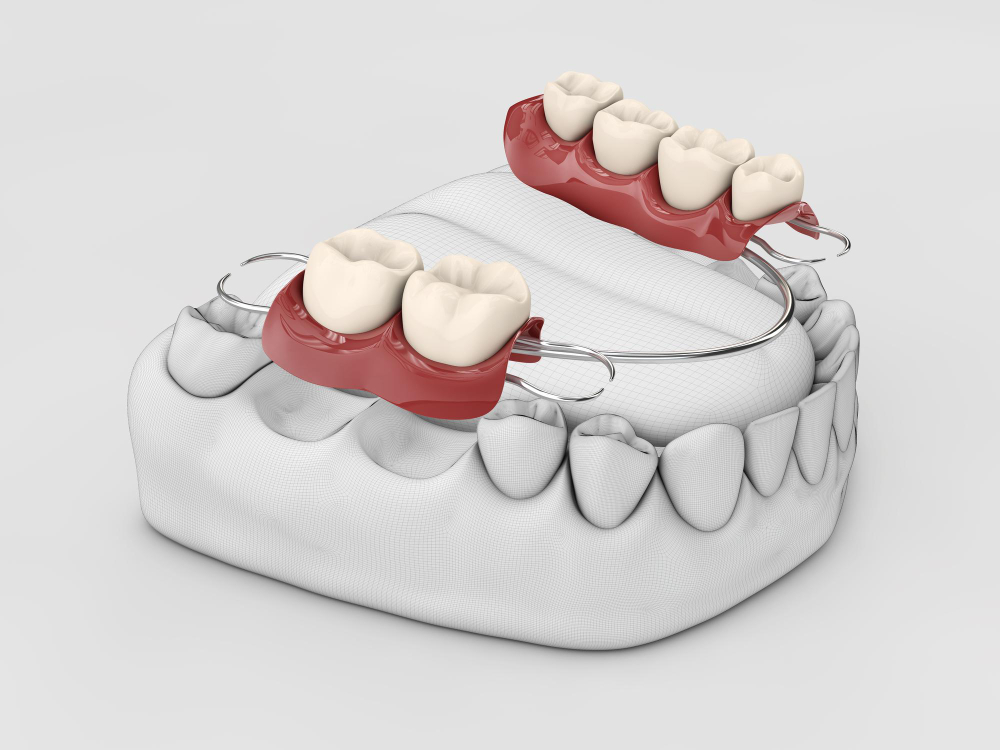Dental Bridges

1. Traditional Fixed Bridges:
- Tooth Replacement: Ideal for replacing one or more missing teeth by anchoring a false tooth (or teeth) between two crowns cemented onto adjacent natural teeth or implants.
- Durable and Functional: Provides a durable, functional, and cosmetic solution, restoring the ability to chew and speak properly.
- Aesthetic Improvement: Custom-made to match the color and shape of natural teeth, enhancing the overall appearance of the smile.
2. Cantilever Bridges:
- Single-Side Support: Suitable when there are adjacent teeth on only one side of the missing tooth or teeth.
- Precision Design: Carefully designed to ensure a balanced distribution of force, preventing damage to the supporting tooth.
- Customized Fabrication: Tailored to blend seamlessly with the patient’s natural teeth in terms of shape, size, and color.
3. Maryland Bonded Bridges:
- Minimal Tooth Alteration: Involves a false tooth supported by a metal or porcelain framework, bonded to the back of adjacent natural teeth.
- Conservative Approach: Requires less alteration of the neighboring teeth, preserving more of the natural tooth structure.
- Quick and Less Invasive: Often a quicker and less invasive procedure compared to traditional bridges, making it a convenient option for many patients.
4. Implant-Supported Bridges:
- Support from Implants: Utilizes dental implants instead of crowns or frameworks on natural teeth, providing a stable and durable foundation.
- Jawbone Preservation: The implants help in preserving jawbone health and preventing bone loss.
- Long-Lasting Solution: Offers a more permanent solution compared to traditional bridges, with the potential for lasting many years with proper care.
5. Temporary Bridges:
- Short-Term Solution: Provides a temporary fix to fill the gap of missing teeth, typically used while waiting for a permanent bridge or implant.
- Immediate Appearance Improvement: Offers an instant aesthetic improvement, allowing patients to maintain a normal appearance.
- Protects Alignment: Helps in maintaining the proper alignment of teeth by preventing adjacent teeth from shifting.
